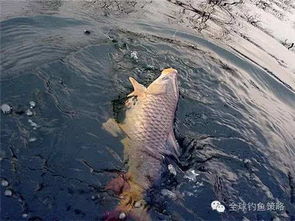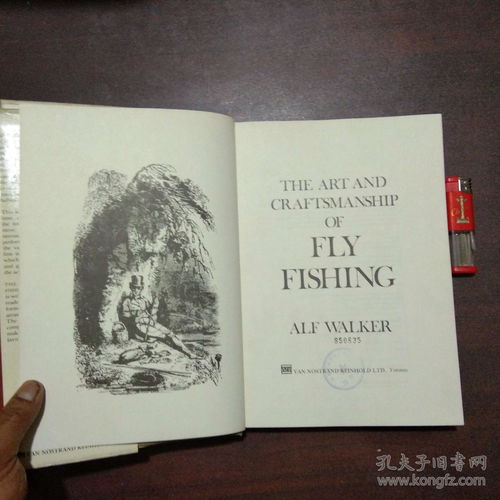Content:
Introduction: Sea fishing is an exhilarating and rewarding activity that allows anglers to connect with the vast and mysterious ocean. One of the key elements to a successful sea fishing experience is mastering the art of automatic bait fishing, which involves the skillful use of a fishing rod and bait to attract and catch fish. In this article, we will delve into the intricacies of automatic bait fishing, focusing on the essential techniques for successful sea fishing.
Understanding Automatic Bait Fishing: Automatic bait fishing, also known as bottom fishing, is a method where the angler casts a fishing line with bait to the bottom of the sea and waits for the fish to take the bait. This technique is particularly effective for catching bottom-dwelling species such as snapper, sea bream, and groupers. To excel in this style of fishing, it is crucial to understand the following techniques.
Choosing the Right Equipment: The first step in automatic bait fishing is selecting the appropriate equipment. Here are some essential items to consider:
a. Fishing Rod: A heavy-duty spinning rod is ideal for automatic bait fishing, as it provides the necessary strength to handle heavy weights and strong fish.
b. Reel: A spinning reel with a good drag system is essential to manage the weight of the fishing line and the fight against large fish.
c. Line: Use a monofilament line with a breaking strain of at least 20 pounds to ensure it can withstand the pull of a strong fish.
d. Leader: A strong leader of 30-40 pounds test is necessary to protect the main line from abrasion and the sharp teeth of bottom-dwelling fish.
e. Bait: Choose fresh bait that is naturally attractive to the target species, such as pilchards, squid, or mackerel.
Casting Techniques: Once you have the right equipment, it's time to learn the casting techniques for automatic bait fishing:
a. Load the Reel: Begin by winding the fishing line onto the reel until it is about 1/3 full. This ensures that there is enough line to cast and retrieve the bait.
b. Hold the Rod: Grip the fishing rod with both hands, with your index finger on the reel handle and your thumb on the line near the rod tip.
c. Cast the Bait: Swing the rod back and forth with a smooth, continuous motion until the line is fully extended. Release the bait at the end of the cast to allow it to sink to the bottom.
d. Retrieve the Bait: After the bait has reached the bottom, retrieve it slowly by winding the reel handle. This simulates the natural movement of prey and increases the chances of attracting fish.
Automatic Bait Adjustment: To ensure the bait is in the optimal position for attracting fish, it is essential to adjust the automatic bait:
a. Bait Position: The bait should be placed near the bottom but not touching it. This allows the bait to move freely and appear more natural to fish.

b. Weight Distribution: Attach a sinker to the line to provide weight and help the bait reach the desired depth. Adjust the weight as needed to achieve the right depth for your target species.
c. Bait Movement: Experiment with different retrieval speeds to see which movement is most effective in attracting fish. Some species may be more attracted to a slow, steady retrieve, while others may prefer a faster, more erratic movement.
Patience and Observation: Automatic bait fishing requires patience and observation. Here are some tips to help you catch more fish:
a. Stay Alert: Keep a close eye on your fishing rod for any signs of a bite, such as a sudden movement or a tap on the line.
b. Be Patient: Fish may take time to notice the bait, so be patient and wait for the fish to strike.
c. Adjust Your Strategy: If you are not getting bites, try changing the bait type, weight distribution, or retrieval speed to see if it makes a difference.
Conclusion: Mastering the art of automatic bait fishing is a skill that requires practice and patience. By understanding the essential techniques, such as choosing the right equipment, mastering casting techniques, adjusting the bait, and observing the behavior of fish, you can increase your chances of success in sea fishing. With time and experience, you will become a proficient angler who can enjoy the thrill of catching fish while exploring the wonders of the ocean.












